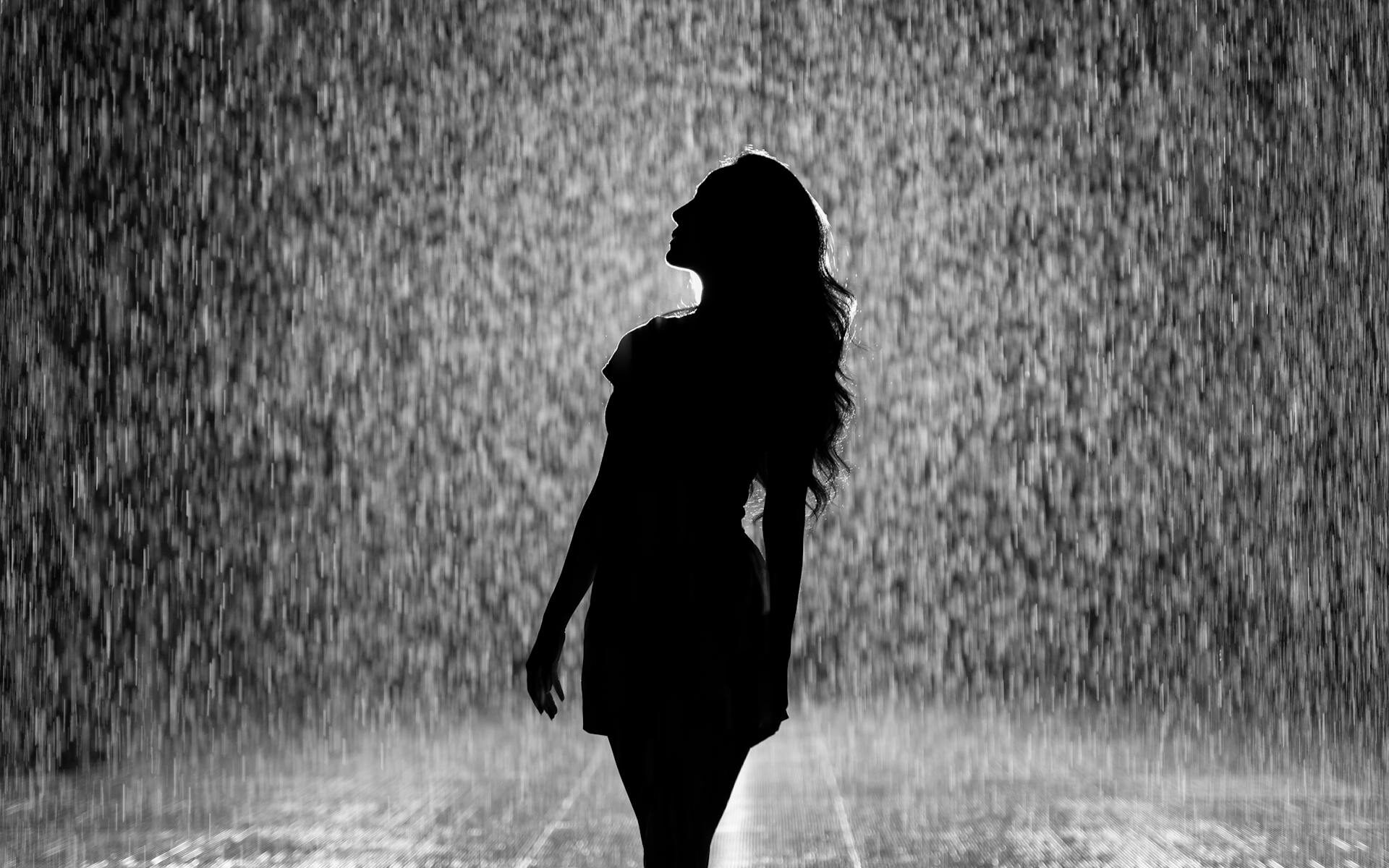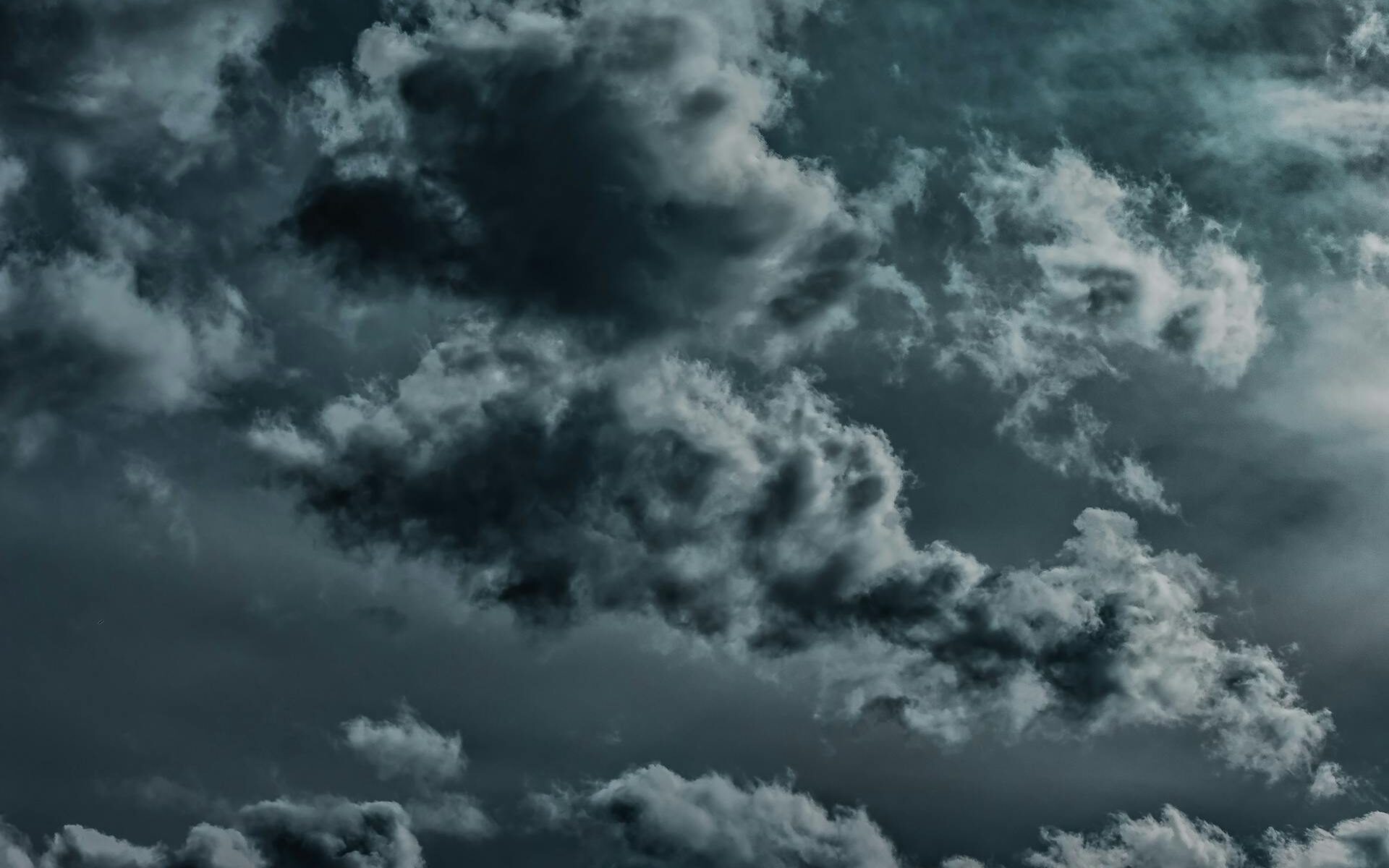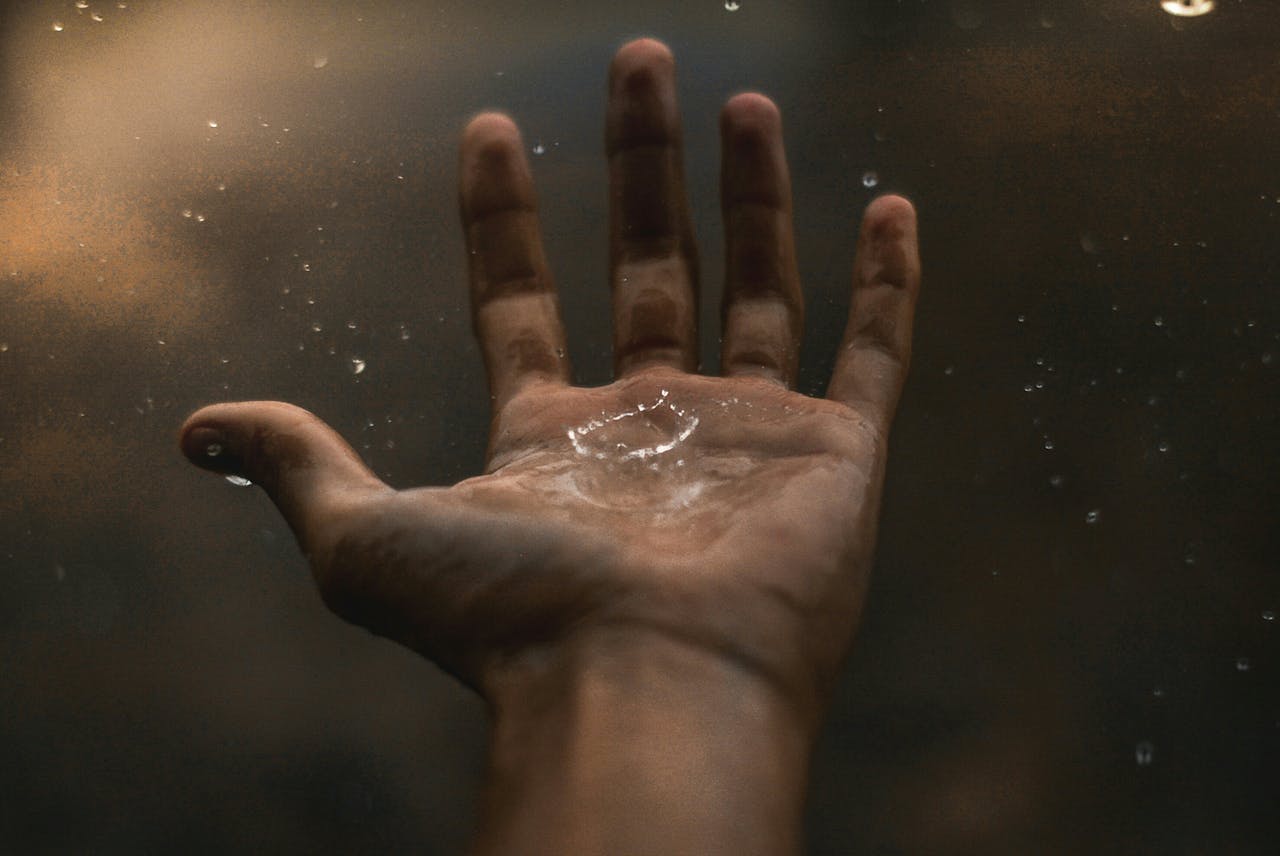Rain has always been more than just weather. It’s a quiet teacher — showing up softly or roaring loudly, but always with a message. When you think about it, rain is a perfect mirror of life itself.
1. Sometimes You Have to Go Through Storms to Grow
Rain gives life to flowers, trees, and every green thing. Without it, the earth dries up. In the same way, the hard times we face — the “storms” — help us grow stronger and more grateful. We might not enjoy them, but they shape us.
No rain, no flowers. It’s simple, but true.
2. You Can’t Control the Weather — or Life
You can’t stop the clouds from forming, and you can’t rush the sun to return. Rain reminds us that not everything is under our control. The best we can do is adapt — grab an umbrella, find shelter, or dance in it anyway.
Sometimes, peace comes from accepting what you can’t change.
3. Rain Washes Away What’s Old
After a heavy downpour, the air feels new. The dust settles, and everything smells clean again. That’s what letting go does for us. When we release what’s weighing us down — old mistakes, bad memories, or regrets — we make space for a fresh start.
4. Every Drop Counts
One raindrop may seem small, but millions together can fill rivers and lakes. That’s how life works too. Small actions — a kind word, a tiny effort — add up to something powerful. Every drop, every step, every moment matters.
5. After the Rain, There’s Always Light
Even the darkest clouds move on. The rain stops, and sometimes, if you’re lucky, there’s a rainbow waiting. It’s nature’s way of saying, “You made it through.”
In life, that’s hope — the gentle promise that no storm lasts forever.
🌈 A Thought to Keep
Rain isn’t just a part of the weather. It’s a part of us.
It teaches patience, growth, renewal, and resilience — all hidden in its quiet rhythm.













